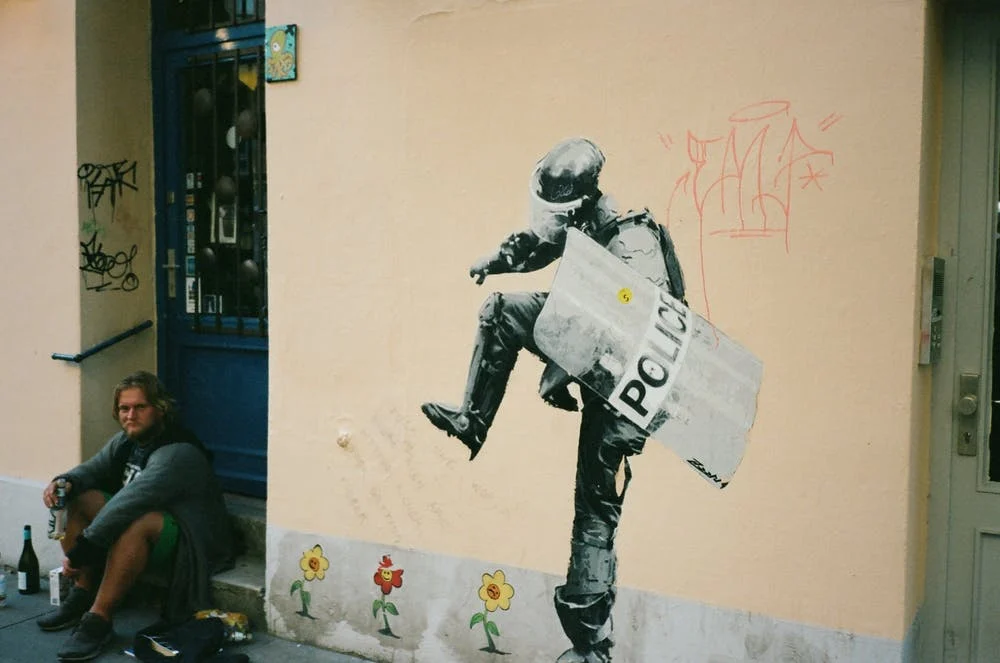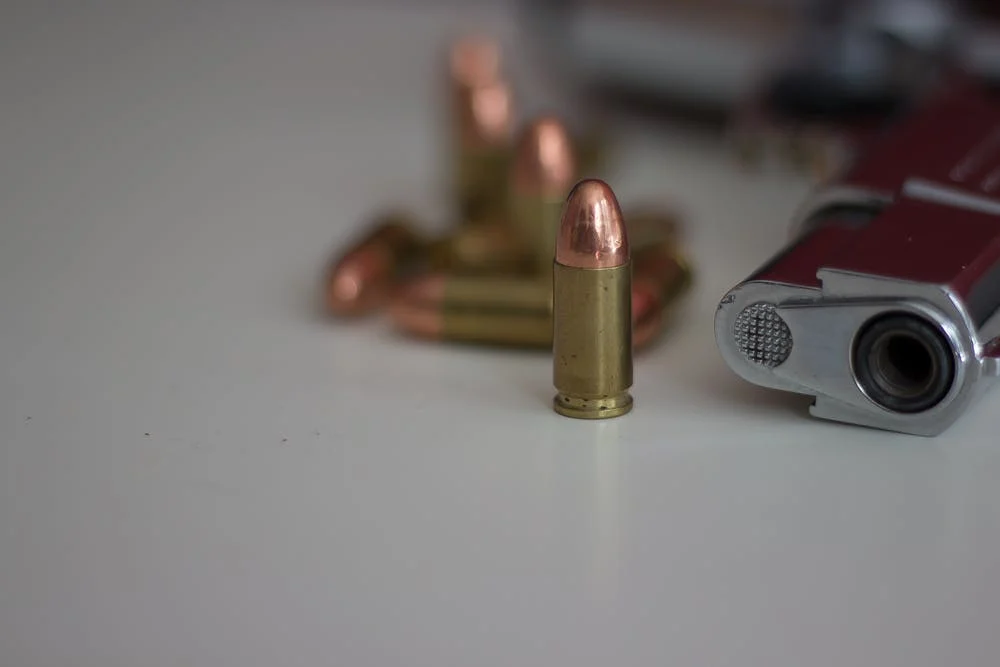The Dark Reflection Between the United States and Brazil
From firearm access to white supremacy, the United States and Brazil manifest similarly disturbing trends
December 2021
School shootings. Easy access to guns. White supremacy on the rise. Militias attacking the state and taking the law in their own hands. Out of control police violence. The Brazil of 2021 has followed – and in some ways led and surpassed – the United States in many of its worst excesses and provokes the question: Why do both countries manifest similar dark trends?
In terms of police violence, Brazil has unfortunately far surpassed the United States -- itself a country infamous for its police violence. In Brazil, there were over 6,300 deaths at the hands of the police in 2019. Nearly eight in 10 of the victims in 2019 were black. From 2018 to 2019, there was a 2.7 percent increase in deaths caused by police violence. Between 2017 and 2019,2,215 minors were killed by police in Brazil. In early December 2020, there was widespread outrage over the killings of a 4 and 7 year-old who were playing outside their home in a poor neighborhood in the city of Rio de Janeiro. In its coverage of the incident, the Brazilian edition of the daily El Pais points out that of the 12 children killed in 2020 in the state of Rio de Janeiro, only one case has been investigated. Those in charge are rarely, if ever, held responsible.
In the United States, on the other hand, there were about 1,000 deaths from police violence. Around 1 in 4 of the victims were black. Between 2003 and 2018 in the United States, at least 140 minors were victims of police killings. The racial disparity and overall police violence in the United States is staggering but smaller than Brazil. Similar to Brazil, however, U.S. police officers rarely face legal judgment for their killings of civilians. Both governments kill their citizens with few consequences.

The United States is still ahead of Brazil in numbers of school shootings but Brazil is catching up. Since 2002, there have been numerous school shootings in Brazil. In 2021, at least 10 school shooting plots were stopped in advance – a testament to the growing threat. The perpetrators of a Brazilian school shooting in 2019 were inspired by the 1999 school massacre in Columbine, Colorado. The perpetrators were also neo-Nazi sympathizers and have been venerated by neo-Nazi groups in Brazil.
Neo-Nazism and white supremacy have grown significantly in both Brazil and the United States in recent years. Between 2018 and 2020, there was a nearly seven-fold increase in neo-Nazi sites in Brazil. Between 2015 and 2021, the number of Brazilian Neo-Nazi cells increased from under 80 to over 500. Likewise, in the United States in 2017 alone the number of Neo-Nazi groups increased by 22 percent.
Not coincidentally, the expansion in white supremacy overlaps with the terms of far-right presidents in both countries. Brazilian president Jair Bolsonaro peppers speeches with racist remarks against indigenous Brazilians while former U.S. president Donald Trump refused to condemn acts of white supremacy and installed white supremacist advisors like Stephen Miller.
In both countries, racist ideas are more lethal given the ease with which racist actors legally secure firearms. The United States is infamous for the lack of oversight and loose guns which allow school shooters easy access to automatic weapons. Likewise, in recent years the Bolsonaro government has loosened restrictions on weapons sales in Brazil as gun sales have increased by over 60 percent.

In both nations, Neo-Nazi groups with easy access to arms are part of a terrifying rise in armed vigilante groups (not all vigilante groups are white supremacists, although white supremacist groups are often vigilante, militia-type groups). In parts of Brazil where the state presence is weak and criminal gangs have taken over neighborhoods, vigilante militia-type groups have grown strong claiming to protect neighborhoods from gangs (although the militias themselves often act just like criminal gangs). In the United States, heavily armed militiamen – independent of the state – have become common at anti-mask protests and participated in the January 6 attacks on the U.S. capital.
These vigilante, militia-type groups in both countries have been encouraged by Bolsonaro and Trump, thus conferring a level of legitimacy to the actions of the groups and emboldening them to act violently against the very state the two leaders were leading. As a congressman, Bolsonaro had links with vigilante groups and posed for photos with a militia member who would go on to murder a city council woman in Rio de Janeiro. In 2020, Bolsonaro consistently attacked the legitimacy of Brazil’s supreme court which led some of his supporters to launch fireworks against the building in June of that year. Trump of course diffused lies about a stolen election in 2020 and on January 6, 2021 encouraged his supporters – of which many were armed militiamen – to “stop the steal” which resulted in the sacking of the U.S. capital. When given the chance in a September 2020 presidential debate, Trump declined to denounce militia groups.
Why are these disturbing trends in the two countries so similar? The Brazilian media devotes significant coverage to what occurs in the United States. The copycat effect is strong, and Brazilians have copied American school shootings.
The copycat effect is only part of the explanation, however. Both countries have a similar history of white supremacy and racial caste systems as a result of racial slavery and its vestiges. Brazil had the largest number of Nazis outside of Germany in the 1930s and the United States, of course, had Jim Crow and the KKK (amongst other historic racist institutions in both nations). Moreover, both countries share a history of frontier violence where the ownership and use of guns has been widespread (and once widespread, gun use is hard to stop as the current situation shows).
The combination of firearm access, racism, lack of accountability for state violence, media coverage that gives rise to copycats, and similarly provocative presidents (who themselves copy one another) have led to this dark convergence of trends between the United States and Brazil. France, the United Kingdom, Canada and Germany have white supremacists but gun access is more restricted and they have yet to elect a Trump or Bolsonaro as president. Other Latin American nations struggle with racism, police violence, and militias but without an incendiary, far-right leader like Brazil and the United States have had. We must hope that the dark Brazilian-American convergence stays confined to these two nations.
